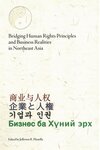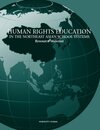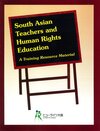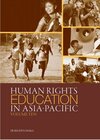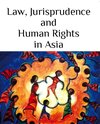In 2006, the Government of West Bengal agreed to let Tata Motors Ltd. (Tata Motors) construct and operate a car manufacturing unit in their state (Small Car Project). Accordingly, the West Bengal Industrial Development Corporation, Ltd. (WBIDC) acquired approximately 1000 acres of agricultural land for the project pursuant to the Land Acquisition Act, 1894 (L.A. Act), affecting the livelihoods of approximately 25,000 people – farmers, sharecroppers, landless laborers, and rickshaw pullers. The claimants in this case were five farmers and small landowners. Objections were filed with the Land Acquisition Collector, who concluded subsequently that the land was being taken for a public purpose, namely employment creation and socio-economic development. The Collector then made an award of compensation to the existing landowners and the land was acquired by WBIDC. The acquisition proceedings were challenged before the High Court of Calcutta and were dismissed.
As a result of numerous local protests, the Small Car Project was halted and relocated to the State of Gujarat in 2008. The new Government of West Bengal then enacted the Singur Land Rehabilitation and Development Act, 2011 (Singur Act) for the purpose of taking over the land covered by the lease to Tata Motors. Tata Motors challenged the constitutionality of the Singur Act before the Supreme Court of India (Court), arguing that it conflicts with the earlier L.A. Act and that the government cannot change its mind simply because a new political party takes power.
In considering the validity of the land acquisition, the Court rejected the arguments of Tata Motors. In relation to the preliminary objection regarding a change in political power, the Court noted that it is well established that a state government can change earlier laws especially if they were against public policy.
The Court determined that the land acquired by WBIDC for Tata Motors was not for a public purpose under the L.A. Act, but rather by the state government for a company. In this context, the previous government exercised its eminent domain power (i.e. the right of a government or its agent to expropriate private property for public use, with payment of compensation) without following the required procedure set forth in the L.A. Act (namely Sections 3(f), 4, and 6, and VII), depriving those who lost their land of their constitutional and fundamental rights. Further, the Court found that the inquiry contemplated under 5-A2 of the L.A. Act was not duly conducted by the Collector as some of the objectors had not been given a chance to be heard and the Collector denied their objections without genuine consideration.
The Court quashed the acquisition of the landowners’ land, declaring it illegal and void. The Court ordered the Government of West Bengal to conduct a survey to determine what land needed to be returned, and then to return it. The Court further ordered that the compensation which had already been paid to the landowners not be recovered by the state government, as reparation for having been deprived of the occupation and enjoyment of their lands for ten years; and permitting the landowners who had not already withdrawn their compensation to do so.
https://www.escr-net.org/caselaw/2017/kedar-nath-yadav-v-state-west-bengal-others-civil-appeal-no-8438-2016

